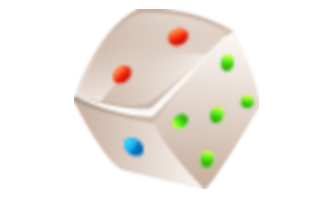Colonial Life
Social Studies - Fourth Grade
Colonial Life
Study Guide

Colonial Life
Quiz

Colonial Life
Flash Cards

Colonial Life
Worksheet

Colonial Life
Game

Study Guide Colonial Life
❮
1
/
3
❯
COLONIAL LIFE People came to this New World for many reasons: religious freedom, political freedom, adventure, hope of land and money. They came to a land that was hard to live in. They had to clear the land, build houses, plant crops, protect themselves from illness, make meals, fix things that broke, learn a whole new way of life. The map above shows the 13 original colonies. Key Dates: 1607: Jamestown, the first permanent settlement was built in 1607. 1620: Pilgrims landed at Plymouth A Colonial Village: • Apothecary: a place to get medicine • Gristmill: a place to grind grain into flour • Meetinghouse: a place for meetings and church services. It was usually at the center of town. • Grammar School: if a town had 100 or more families, it could have a grammar school. Children learned from the Hornbook. It was a piece of paper put on a thin piece of wood. • Blacksmith: a person who worked with iron © Copyright NewPath Learning. All Rights Reserved. Permission is granted for the purchaser to print copies for non-commercial educational purposes only. Visit us at www.NewPathLearning.com.
A Colonial Family: • Women: Women often had only one outfit for the week and one to wear on Sunday. They got together to work on quilts. This was called a quilting bee. Women often had many children. • Men: Men wore short pants and shirts with very large cuffs. Men worked as farmers, silversmiths, blacksmiths, and tanners. Wealthy businessmen made sure to have a wig to wear. • Girls: Girls were not allowed to go to grammar school or to college. They learned to cook, work in the garden, and sew. • Boys: When a boy turned 5 he began to wear breeches, pants that came right below the knee. Boys learned things like hunting, fishing, and woodworking. They also went to school. Both boys and girls liked to play games like scotch- hoppers. Life in the Southern Colonies: The South had huge plantations. A plantation is a large piece of land that has buildings on it. The workers were mainly slaves. These slaves were brought over from Africa and made to work on the plantations. Tobacco and cotton were the two main crops in the South. © Copyright NewPath Learning. All Rights Reserved. Permission is granted for the purchaser to print copies for non-commercial educational purposes only. Visit us at www.NewPathLearning.com.
Try This! Draw lines to connect the activity with either boy or girl. Some things could go to both. woodworking hunting BOYS sewing grammar school scotch-hopping cooking GIRLS quilting fishing Circle things found in the South during colonial days. tobacco factories plantations small farms slaves computers cotton race cars freezers © Copyright NewPath Learning. All Rights Reserved. Permission is granted for the purchaser to print copies for non-commercial educational purposes only. Visit us at www.NewPathLearning.com.
